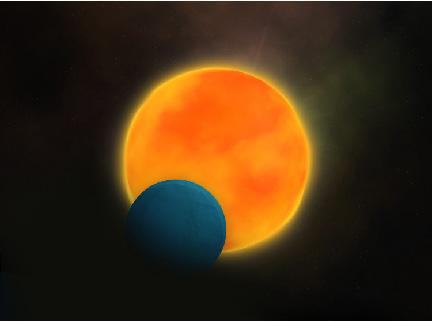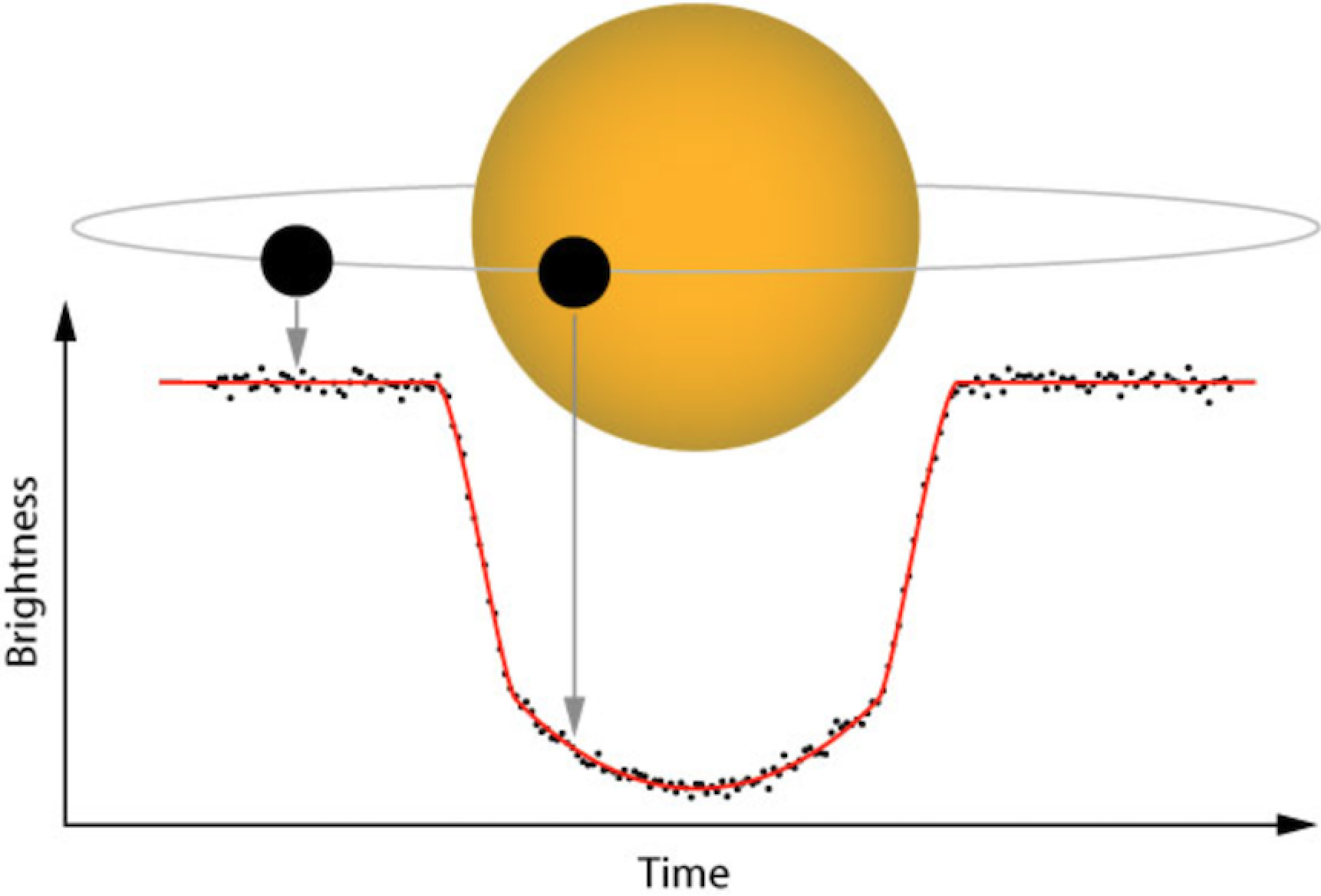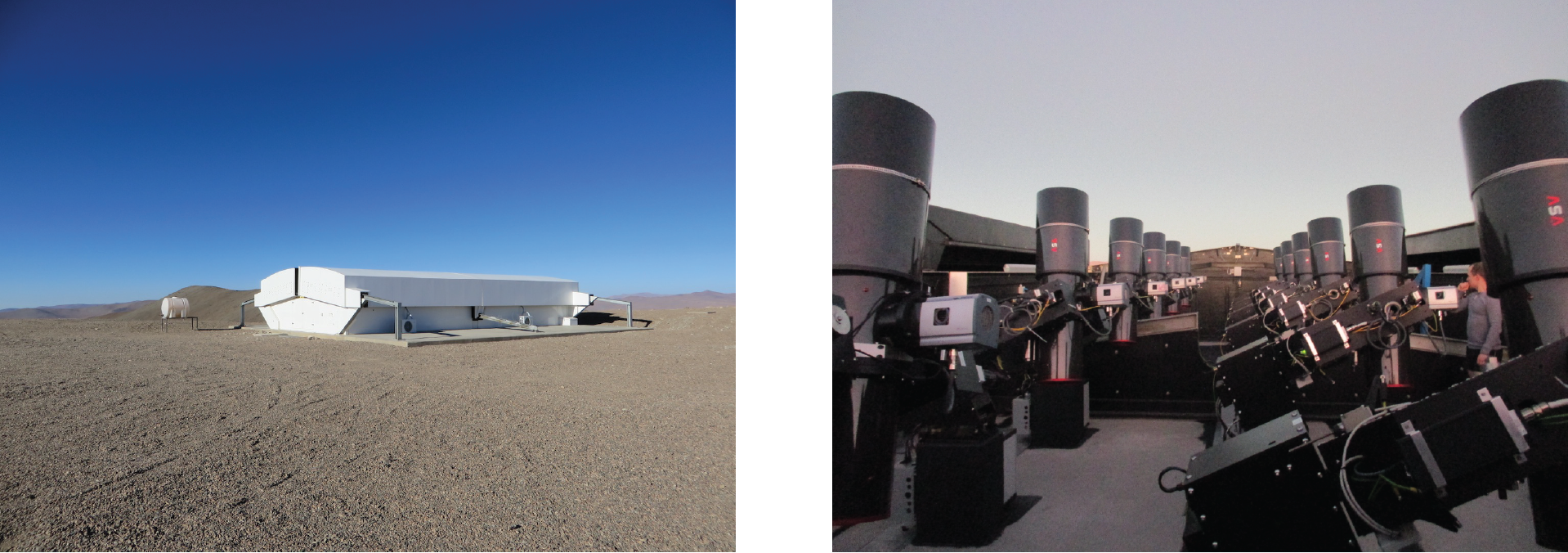Welcome! This project recently migrated onto Zooniverse’s new architecture. For details, see here.
Research
What is a transiting exoplanet?

Artist Rendition of a Transiting Giant Planet - Image Credit: The Zooniverse
A extrasolar planet or exoplanet is a planet orbiting another star. Today, astronomers know of over 4,000 planets within our own Milky Way Galaxy. The transit technique is one of the methods used to detect planetary systems beyond our Solar System. When the orbit of the planet is aligned along the line of sight of the Earth, we will see the a periodic dimming of the star's light as the planet transits (moves in front of) its host star. This dimming will repeat once per the planet's orbit. This dimming is related to the ratio of the size of the planet to the size of the star.

A Diagram of an Exoplanet Transit (Image Credit: NASA TESS Team)
Artist Rendition Animation of an Exoplanet Transit - Video Credit: NASA/Google
What is NGTS?
Since April 2016, the Next-Generation Transit Survey (NGTS) has spent each night monitoring the brightest stars in the sky. Based at the European Southern Observatory (ESO) Paranal Observatory in Chile, NGTS consists of an array of twelve robotic telescopes designed to make high precision measurements, sensitive enough to detect the signatures of transiting exoplanets. Every ~10 seconds, the NGTS telescopes take an image of the brightest stars in the sky looking for the exoplanet transients. The planets discovered by NGTS are best suited for follow-up observations with radial velocity and other techniques that can be combined with NGTS data to measure the planets' mass, probe their composition (bulk density) and atmospheric characterization.

NGTS facility enclosure at the ESO Paranal Observatory (left) and the robotic NGTS telescopes getting ready for a night of observing (right). Image Credit: ESO/R. Wesson
Time-lapse sequence of one the NGTS telescope during commissioning.
Why We Need Your Help?
Computers are searching through the NGTS observations looking for the repeated dips due to planet transits. The automated algorithms produce lots and lots of possible candidate transit events that need to be reviewed by the NGTS team to confirm whether they are real or not. Most of things spotted by the computers are not due to exoplanets, but a small handful of these candidates are new bona fide planet discoveries. A small group within the NGTS team review all the candidate transit events spotted by the computers. We think there might be planets that got missed in this review. We need your help to go through all of the observations flagged by the algorithms to help search for hidden planets not found in the first review. Most planets in the data you will review have already been found by the NGTS team, but you just might be the first to find a new exoplanet not known before. Fancy giving it a try?